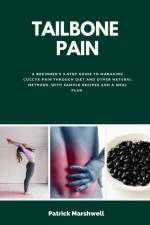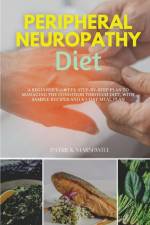von Patrick Marshwell
17,00 €
Discover a comprehensive beginner's guide to myositis, a group of rare autoimmune diseases that cause muscle inflammation, pain, and mobility challenges. In this invaluable resource, you'll delve into the world of myositis, gaining insights into its causes, types, risk factors, complications, and more.Unravel the mystery behind myositis as we explore its enigmatic origins, strongly believed to be linked to an overactive immune system. Delve into the three most prevalent types of myositis: dermatomyositis, characterized by a distinct rash alongside muscle weakness and inflammation; inclusion body myositis, affecting older adults and causing gradual muscle weakness; and polymyositis, a condition that can affect individuals of any age, often leading to fatigue and difficulty in swallowing.Learn about the importance of early diagnosis and treatment in preventing severe complications. Discover the multifaceted approach to managing myositis, including medication, physical therapy, and lifestyle adjustments. Dive into the significance of a healthy diet in reducing inflammation, enhancing muscle function, and promoting overall well-being.In some cases, myositis may enter remission for extended periods, offering hope for those affected. With proper care and guidance, individuals with myositis can lead active, fulfilling lives. This comprehensive guide equips you with the knowledge and tools needed to navigate the challenges of myositis and optimize your quality of life.This guide is an essential resource for individuals living with myositis, their caregivers, and healthcare professionals seeking a deeper understanding of this complex condition. Gain the insights you need to take control of your myositis journey and live your life to the fullest.




















